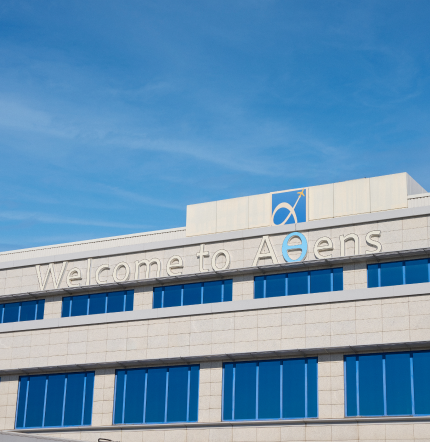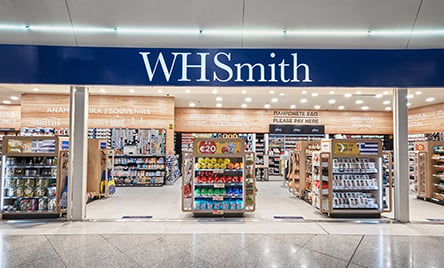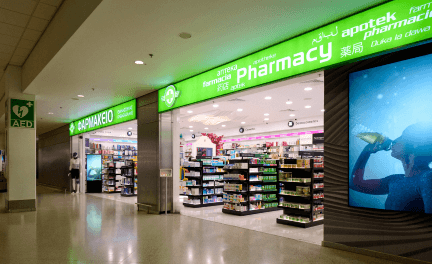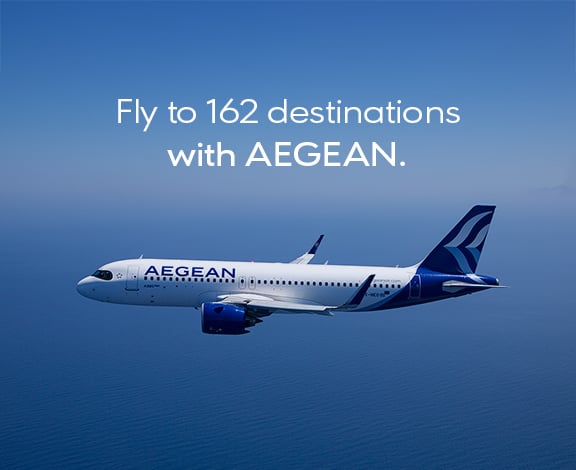
New Trip
Explore all destinations from Athens to inspire your next adventure, or discover what Athens has to offer if you're just arriving.
Flight information
View flights

To/From
Easily transport yourself to/from Athens airport by car, or opt for public transportation to avoid traffic and conveniently reach the city center.
Flight information
View flights

Preparing
Have your travel documents ready, book parking or transportation, check in online, and stay updated on gate information for a smooth airport experience.
Park you car
Book now

At the Airport
Start your journey with Shopping Euphoria at the 150+ stores of Airport Agora! Discover the best choices for everyone!
Track your flight
View flights

Landing
Quickly navigate essential information for a hassle-free arrival, along with recommendations for must-see sights and activities to enjoy in Athens.
Flight information
View flights
15°C
Welcome to Athens International Airport
Get started with the essentials
Find all the essential information you need for a seamless, stress-free experience at Athens airport - from arrival to departure. Let us help make your journey smooth and enjoyable every step of the way.
Get assisted based on your needs
Essential information and practical tips for assisted travel, as well as traveling with children or pets, to ensure a seamless and comfortable journey.
Transport to & from the airport by car
Transport by other means
Live the experience at Airport Agora
Get inspired!
Explore the world with
DIRECT
CONNECTING
ARRIVING
DEPARTING
Feel the vibeof Athens city
Find all the inspiration and tips you need to conquer the city!
Actionable results on sustainability
Committed to our values
Athens International Airport announced in December 2019 the “ROUTE 2025” initiative, its official commitment to achieve net zero carbon emissions by 2025.
Explore more actions & synergies






.jpg)
Safe Water Sports
DOWNLOAD THE APP
AND FIND:
► Water sports
► 3.500 beaches
► PRM accessibility
► Day cruises
► Marinas
► Health Centers
► Safety rules
Greece is an Innovation Nation
Greece has a side worth discovering: a thriving innovation ecosystem. Ancient Greeks built devices so advanced they still amaze us. Today’s entrepreneurs carry that legacy forward, turning ideas into impact.
VOTE FOR THE RETURN OF PARTHENON SCULPTURES
The Athens way of Life. Always was, always will be.
The new campaign by Athens International Airport and Marketing Greece invites you to discover the urban culture of Athens – timeless and unchanged – through masterpieces by renowned Greek painters that depict Athenian life in the 19th and 20th centuries.



















